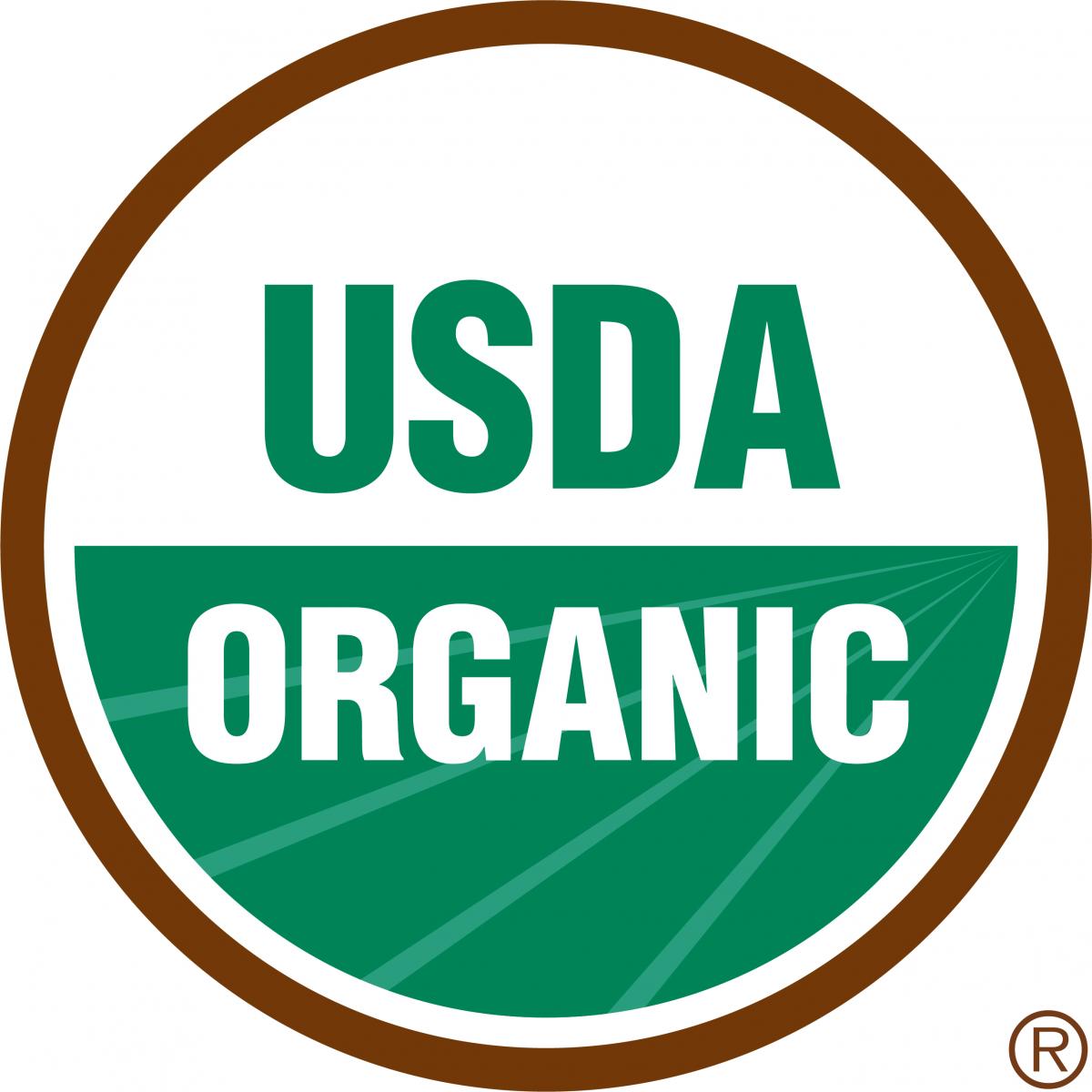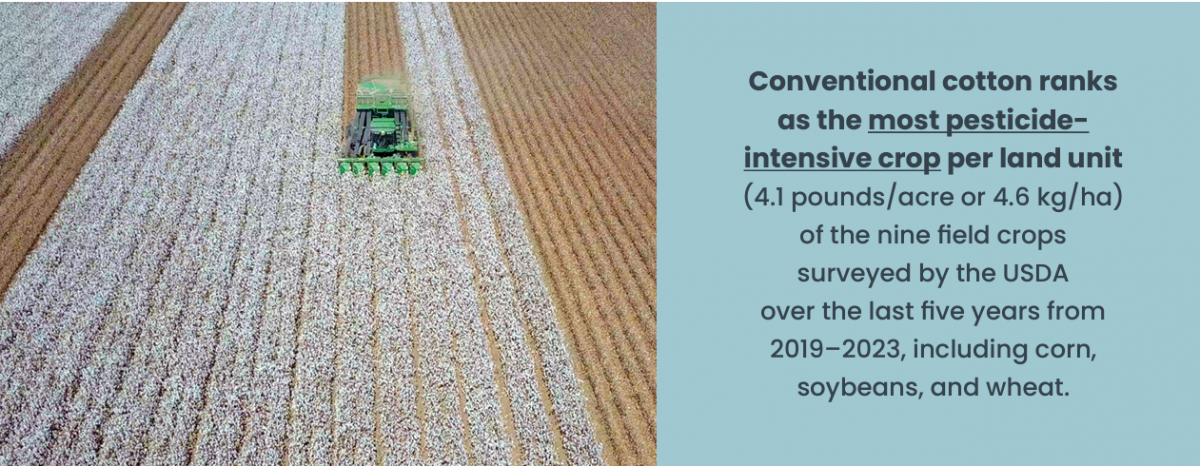Report: Pesticide, Fertilizer, and Genetic Modification Use in Conventional Cotton in the U.S. and Globally
THE CASE FOR ORGANIC
 Cotton is one of the most widely grown crops in the world— produced for apparel, textiles, home and hygiene products, and even foods made with cottonseed oil. Since conventionally grown cotton is also one of the most chemically intensive crops to produce, organic cotton production can make a big difference in protecting the environment and preventing exposure to toxic chemicals.
Cotton is one of the most widely grown crops in the world— produced for apparel, textiles, home and hygiene products, and even foods made with cottonseed oil. Since conventionally grown cotton is also one of the most chemically intensive crops to produce, organic cotton production can make a big difference in protecting the environment and preventing exposure to toxic chemicals.
This report offers a detailed roundup of science and data that highlights the amount of, and concerns around, chemicals used in conventional cotton production globally and in the United States (U.S.). It builds on The Organic Center’s 2020 report “Organic Cotton: One of the most important choices you can make for the environment,” which dives deep into the benefits of organic cotton production.
Cotton is grown in more than 50 countries around the world, with the U.S. being the third largest producer. Much of the cotton in today’s textiles is dependent on the extensive use of synthetic pesticides and fertilizers and genetically modified seeds.
For those interested in what cotton’s chemical landscape looks like around the world—and in the U.S., in particular—this report offers important insights and makes a case for change, providing information on which brands can base decisions regarding how to make their supply chains more sustainable. The authors of this report provide a case study of U.S. production given that to our knowledge it is the only country with readily available, detailed, and public data on pesticide use on cotton crops. We acknowledge different practices exist in different countries and hope this case study can serve to form the basis of studies elsewhere.
Download Chemicals in Cotton Report
© October 2024
Sandra Marquardt
On the Mark Consulting
Dr. Amber Sciligo
Dr. Elias Miller
Violet Batcha
The Organic Center
Developed with support from Naturepedic Organic Mattresses and Bedding.


